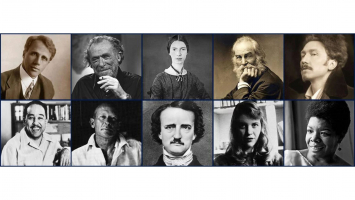Top 6 Most Famous Poets of The Harlem Renaissance
Harlem Renaissance is an artistic and intellectual movement established to help Black people achieve equal rights. Who are the most famous poets of the Harlem ... read more...Renaissance? Toplist is delighted to present to you six giants below!
-
James Weldon Johnson grew up in Florida, Jacksonville. The man viewed himself as both a leader of civil rights and a man of words during the 20th century' earlier decades. Regarded as a talented novelist and poet, James Weldon Johnson established quite high standards for realism and artistry in Black literature via some famous works like The Autobiographies of Ex-Coloured Men (1912) and God's Trombones (1926).
Furthermore, his exceptional studies in theater, music, and Black poetry around the 1930s have successfully introduced white Americans to the wonderful American African creative spirit, which previously have only been known via distorted minstrel shows and dialect poems. Even better, as the leader of NAACP (National Associations for Advancements of Coloured People), he led consistent civil-right campaigns to remove social, political, and legal obstacles that hindered Black achievements.
Some of Johnson's most famous works include Saint Peter Relating Incidents of Resurrection Days (1929), God's Trombones and 7 Nergo Sermons (1926), and 50 years and other poetry (1916), among many other releases. He also published some prose books, including What Now, Nergo Americans (1935), The Autobiographies of James Johnson (1932), and Black Manhattan (1930). His colorful and multidimensional career testified his self-confidence, intellectual breadth, and firm belief in the new opportunities held for the Black Americans.
Years: 1871–1938
Most famous works: God’s Trombones, Black Manhattan, Autobiography of Ex-colored Man

Source: Poetry Foundation 
Source: Biography.com -
Jean Toomer has been regarded as one of the most famous poets of the Harlem Renaissance, and a crucial figure in American-African literature. The man grew up in DC, Washington, and was the grandson of one of the first African-American descent governors in the U.S. Toomer was well-received as a novelist, playwright, and poet; and his most critically-acclaimed work - Cane, published in 1924 - was considered by critics as the best literary portrayal of American-African culture and characters.
As the descendent of black and white heritage, his dad left the family when Toomer was merely one year old, which left him in the hands of his mom and grandfather, who used to be a Civil War's Union soldier and served as Louisiana's acting governor during Reconstruction. During his childhood, Jean Toomer participated in segregated schools for both all-black and all-white students. Hence, at a very early age in his life, Toomer objected to race classifications and liked to refer to himself as simply an American.
After Toomer graduated from a prestigious all-black high school, he started to travel a lot, attending many colleges in Chicago, Massachusetts, Wisconsin, and then New York. Here, he published a lot of poems, plays, and short stories. One of his notable poems during this era was the long lyrical Blue Meridian, in which his dreams and hopes of racial unity were pointedly captured.
Years: 1894–1967
Most famous works: Cane, Blue Meridian

Source: Poetry Foundation 
Source: okeeffemuseum -
Langston Hughes is regarded as the central Harlem Renaissance figure, who initiated the explosion of black artistic, literary, and intellectual life in Harlem and many other American cities. As one of the most famous poets of the Harlem Renaissance, the man also wrote plays, essays, short stories, and novels, seeking to portray the hardships and joys of black working-class people. He always strived to avoid both negative stereotypes and sentimental idealization in his works - a move highly praised by critics.
He himself exclaimed in "The Negro Artists and The Racial Mountains: "We, the younger Negro poets, want to express our dark-skinned individual selves without any shame or fear. We are glad if those white people feel pleased. But if they do not, it does not matter to us. We all know we are both beautiful and ugly."
From Langston Hughes's viewpoint, his poems are about "singers, roustabouts, workers, and job seekers in New York, Washington, or Chicago - the people raising today and shot down tomorrow, the people working hard this week only to be fired in the next, baffled and beaten, but striving not to lose entirely".
Still, such an approach still received certain backlashes. Some of his earlier works were heavily criticized by several black scholars, who claimed the poet has portrayed what they deemed as "unattractive perspectives" of the black lives.
Years: 1902–1967
Most famous work: The Nergo Artists and The Racial Mountains, The Nergo Speak of Rivers

Source: The New Yorker 
Source: Progressive Pupils -
Robert Hayden (birth name Asa Sheffey) was born in a very poor family that resided in Detroit, in Paradise Valley neighborhoods. The man suffered from an emotionally damaged childhood, partially raised by a pair of foster parents. Given his extreme nearsightedness, Robert Hayden preferred books over sports - a major difference from his friends at the time.
Once graduating in 1932 from a local high school, Robert Hayden attended Detroit College thanks to a scholarship. Later on, he successfully earned his graduate degree from the University of Michigan in English literature, being the very first Black member in the English department of Michigan faculty. A few years later, he went on to become the first American African that was appointed as the Consultant of The Congress Library Poetry.
Historical inspiration for most of Hayden's works stems from his in-depth research of African American and American history. Starting from the 1930s - during his research for a project of Federal Writers in Detroit - the man investigated Black people's stories from their African roots to their current conditions in the U.S. In "Black is the Cosmos Color '', Charles T.Davis wrote that the history of black people has always haunted Robert throughout his entire poet career".
Years: 1913–1980
Most famous works: Those Winter Sundays, Words in The Mourning Time
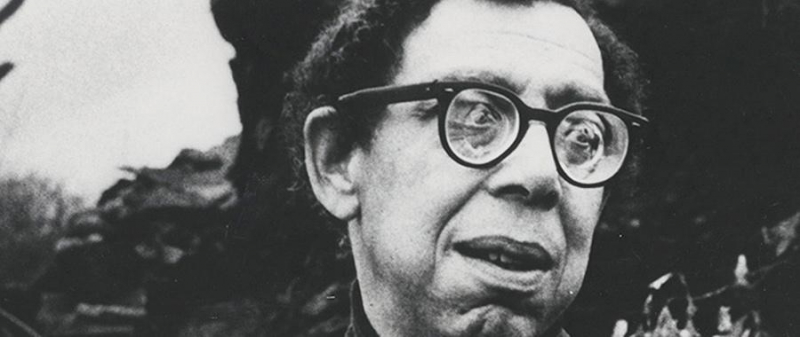
Source: BahaiTeachings 
Source: JSTOR Daily -
Gwendolyn Brooks showed a keen interest in poetry from a very early age. After enrolling in a junior college while working for NAACP, she established her own poetry workshop and started diving into the poem-making process right away, pooling most of her focus on urban Black experiences.
To this day, Gwendolyn Brooks is still among the most widely-read, influential, and highly-regarded 20th-century poets in American poetry. Even during her lifetime, Brooks was very honored by critics and the general public alike, being the very first Black poet in history to bring home a Pulitzer Prize. The woman also worked as a poetry consultant for Congress Library (also the very first Black female to earn that position) and was elected as Illinois' poet laureate. Most of her works - particularly those from the 1950s - depict a keen sense of political consciousness; several of them also reflect the period's civil-right activism.
As per George Kent, a critic, her works lent her a very unique position in the American literature sector, combining strong dedication to racial equality and identity with terrific poetic techniques. Also, this woman has successfully bridged the long gap between young militant writers and academic poets of the 1950s.
Years: 1917 - 2000
Most famous works: We Real Cool, Annie Allen
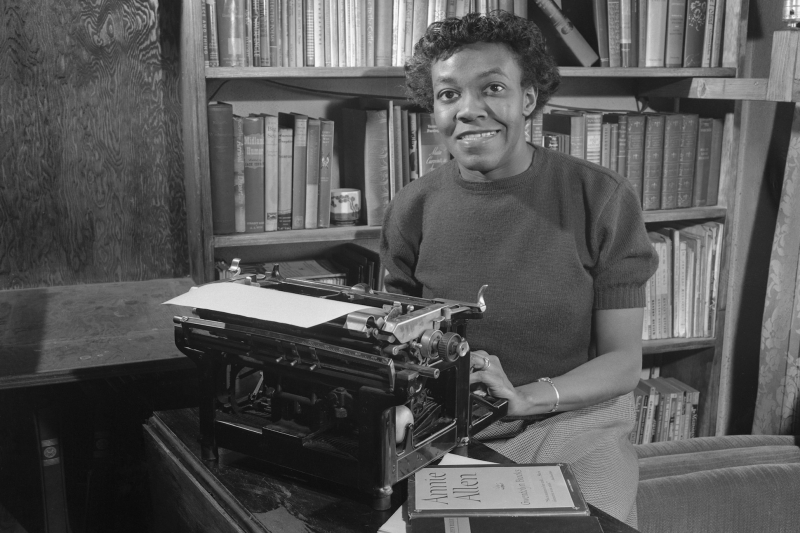
Source: Poetry Foundation 
Source: SocialistWorker -
Paul Lawrence Dunbar, born on 27 June 1872 to a pair of formerly enslaved people, grew up in Kentucky. Paul grew into one of the most influential Black authors in America, internationally hailed for his dialectic poems in famous collections like Lyrics of Lowly Lives (1895) and Majors and Minors (1894).
Still, these dialectic verses only compose a very small part of his canon, replete with essays, short stories, novels, and many standard-English poems. His entire work body is considered among impressive representations of Black people of the century turn. His friend, James Jonshon, noted in his work "Books of American Poetries'': "Dunbar is the very first Nergro-race poet to showcase combined skillful poetic material with great crafting technique, revealing innate distinction in everything he wrote and maintaining high-performance level."
The man actually showed his literary talents from quite an early age - while he was still attending Dayton high school in Ohio. As the only American African in the class, Paul Lawrence Dunbar was elected as the class poet and class president. Two years prior to his graduation, Paul had already written poems in Dayton Herald magazine and worked as an editor for Dayton Tattler - a newspaper for Black people published by his classmate Orville Wright - the inventor of airplanes along with his brother Wilbur.
Years: 1872 - 1906
Most famous works: Lyrics of Lowly Lives, Majors and Minors
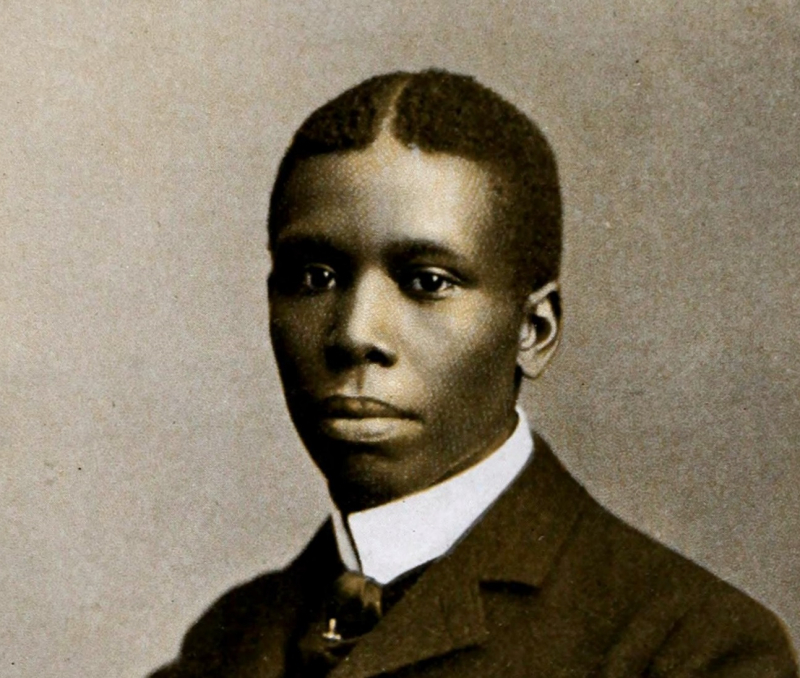
Source: AAIHS 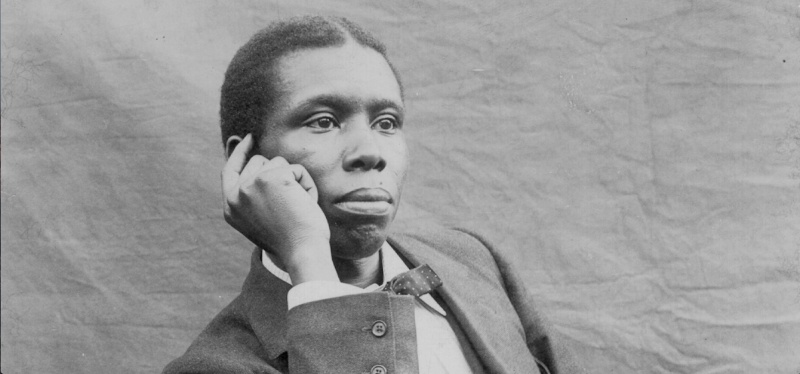
Source: National Park Foundation









